For a long time, vehicle safety has been one of the most concerned issues for consumers. In order to make consumers have a good impression on their own products, most automobile manufacturers are keen to put a pile of technical terms such as high-strength steel, boron steel and hot-formed steel on the table, and some even open the materials and structure of models to everyone as a marketing gimmick. What is the relationship between these dazzling technical terms and vehicle safety? Today, Tao came to tell you about it.
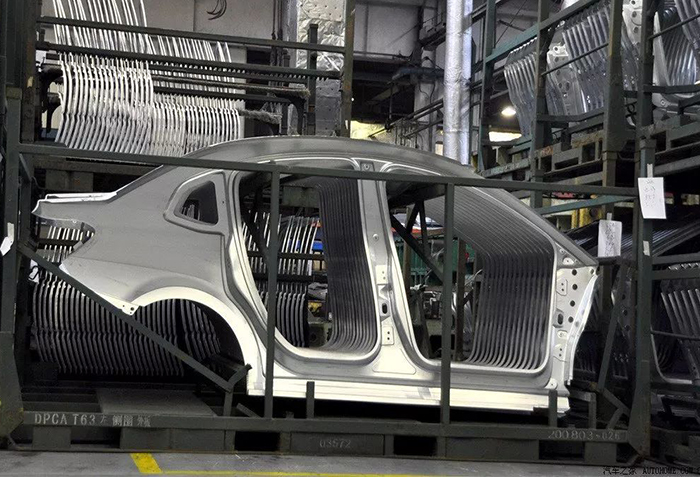
Boron steel and high strength steel are often confused in many automotive articles. In fact, boron steel is a low-grade alloy steel formed by mixing boron into low-carbon steel, and the boron content is generally between 0.0005 – 0.005%. The yield strength and tensile strength of boron steel can reach more than 1300mpa and 1600mpa respectively, and the strength is about four times that of ordinary steel. According to relevant standards, boron steel can be divided into ultra-high strength steel. Moreover, boron steel parts are usually formed at one time after hot processing, so boron steel is also called hot formed steel.

Here, we take Volvo Shanghai Zhongqi Industrial Development Co., Ltd. XC90 (parameter | picture) as an example to help you understand the application of various types of metal materials on the car body.
At the front of the body, XC90 breaks through the stereotype of "hard" bumper.

Its front bumper is aluminum hollow structure (green in the figure), and at the rear of the bumper, the longitudinal beam is steel of general strength (yellow in the figure), and the whole engine compartment is made of aluminum. On the one hand, this design is to ensure that the front of the whole body absorbs impact energy through collapse in case of frontal collision; On the other hand, try to realize the lightweight of the engine compartment to offset the weight of the engine, so as to achieve good weight distribution between the front and rear wheels.

By observing the distribution of ultra-high strength steel (marked in red in the figure) on XC90 body, it is not difficult to find that boron steel is used around the passenger cabin: first, a large area of ultra-high strength steel is used between the front collapse area and the passenger cabin to ensure that no foreign matter will invade the passenger cabin after impact; Secondly, almost the entire side of the passenger compartment of XC90, including A-pillar, B-pillar and C-pillar, adopts ultra-high strength steel structure. The entire passenger compartment forms a "cage body" that Volvo is proud of. Whether it is impacted in all directions, or the vehicle rolls or heavy weights are pressed, this set of "cage body" made of ultra-high strength steel Can provide all-round protection for passengers.
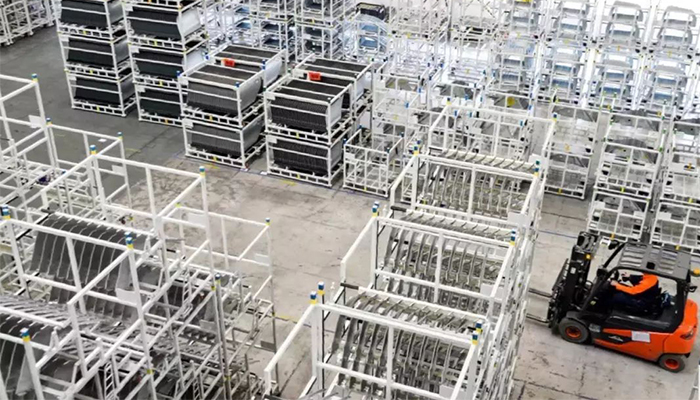
As the saying goes, "good steel is used on the blade". In the automotive industry, this sentence should be "good steel is used in the passenger compartment". Although the use of boron steel around the passenger compartment is the consensus of the industry, the biggest restriction on the use of ultra-high strength steel lies in the manufacturing cost, which is related to the model price.
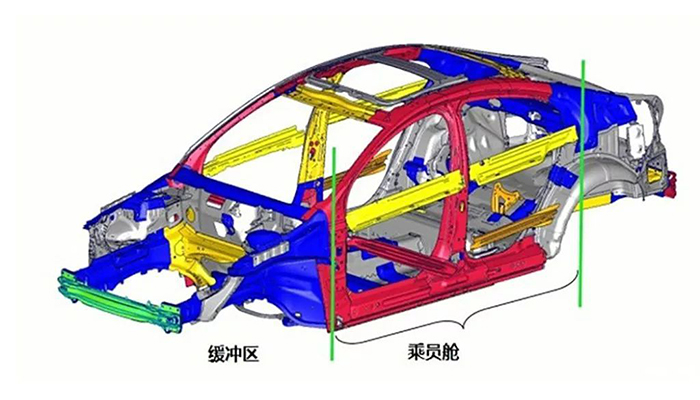
Similarly, Volvo Shanghai Zhongqi Industrial Development Co., Ltd. S60 (parameter | picture), which is the main safety brand, is subject to the price and fails to realize the complete ultra-high strength steel "cage body" like XC90, and boron steel is not used for C-pillar. The use of XC90 ultra-high strength steel is close to 40%, while the use of S60 and XC60 (parameter | picture) of Shanghai Zhongqi Industrial Development Co., Ltd. is about 34%.
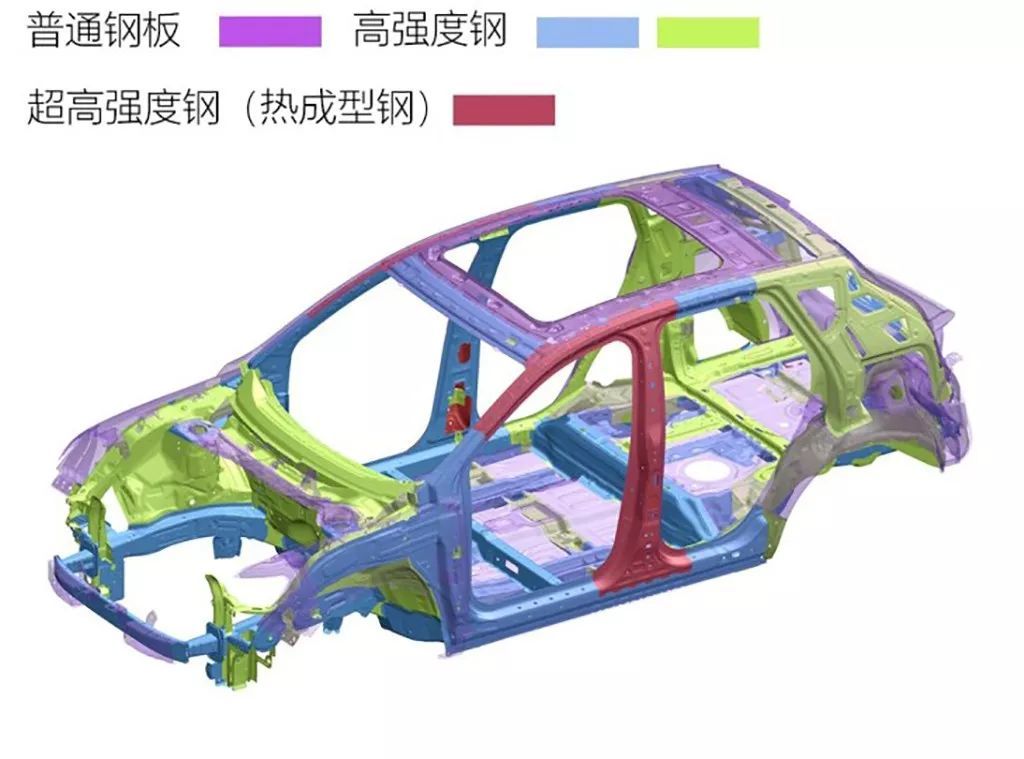
Although boron steel is a magical thing, there is often a "MIG 25 effect" in the automobile manufacturing industry - a single technology is not advanced, but it can create excellent products through the overall optimization of designers. For example, the proportion of high-strength steel officially announced by a Japanese brand medium-sized car is only 36.5% (including steel with tensile strength of 780, 980 and 1500 MPa respectively), but it is far better than many models with higher proportion of ultra-high strength steel in IIHS crash test. It won the title of "top safety pick +" in one fell swoop. What model is this car? Leave a suspense for everyone to guess.
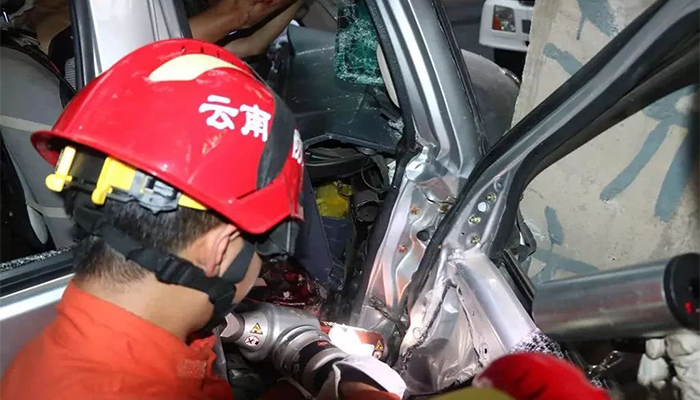
So, dear friends, in the future, when you hear that the proportion of high-strength steel of a certain model reaches 60% and 70%, you should understand that high-strength steel is also divided into different brands, and their prices and strength vary greatly. When you hear that the proportion of ultra-high-strength steel / boron steel / hot formed steel of a certain model reaches more than 30%, you should clearly understand, This does not mean that it has a good collision result. Of course, absolutely safe cars do not exist in this world.



